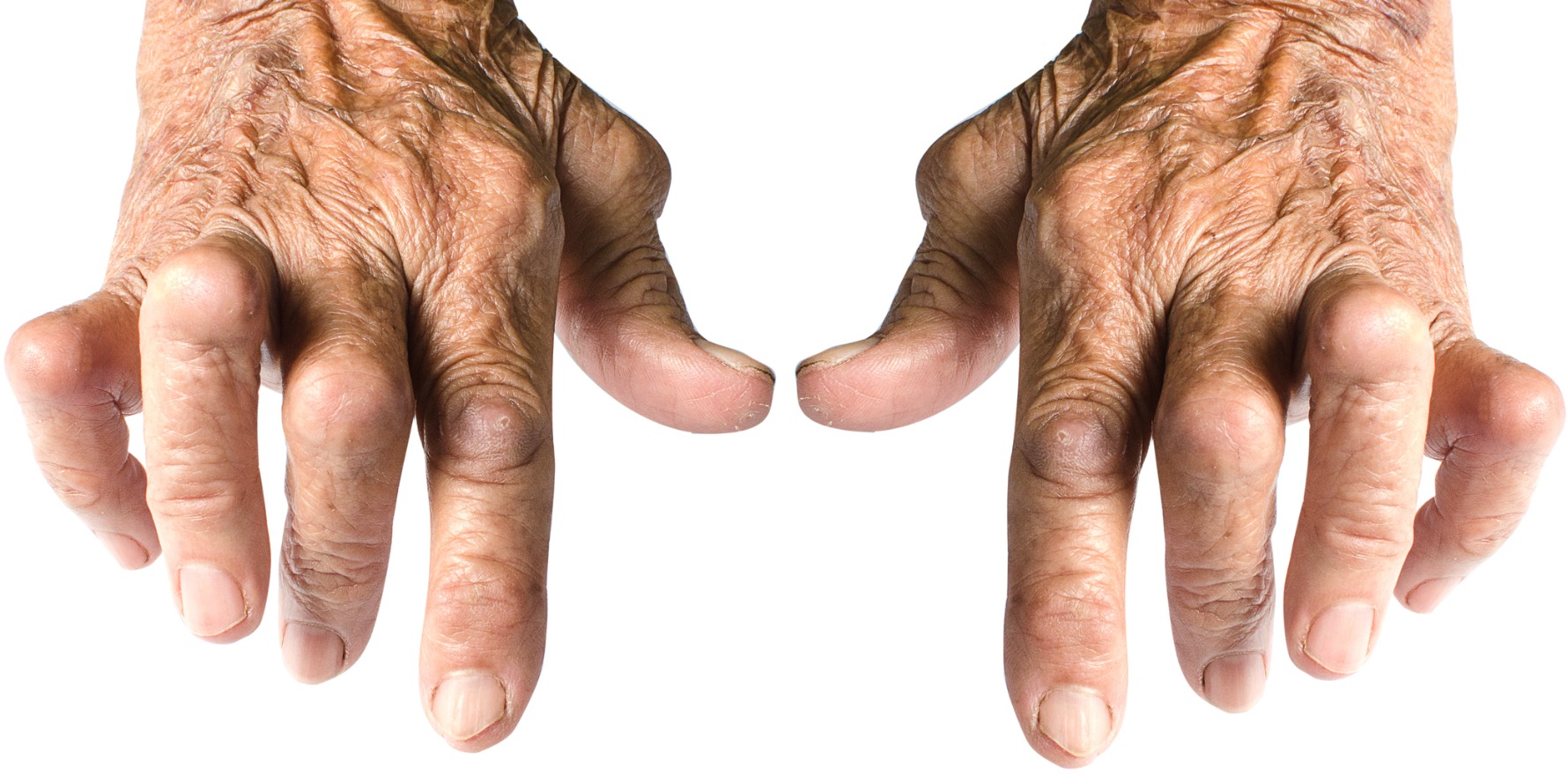A combination of anti-CCP and RF tests is now the gold standard in early RA detection.
Research in rheumatoid arthritis (RA) over the past 10 years has gained significant ground in both pathophysiological and clinical understanding.
It is now known that early aggressive therapy within the first three months of the development of joint symptoms decreases the chance of developing severe disease, both clinically and radiologically.
To enable this early diagnosis, there has been considerable effort made to discover serological markers of disease.
Around 80% of RA patients become rheumatoid factor positive (IgM RF), though this can take many years to occur. In other words, IgM RF (hereafter called RF) has low sensitivity in the early stages of RA. Furthermore, patients with other inflammatory diseases (including Sjögren’s syndrome, chronic viral and bacterial infections) may also be positive for RF, and thus RF has a relatively low specificity for RA.
The RF is, therefore, not an ideal test in the early detection and confirmation of RA. There has been an on-going search for an auto-antigen in RA over the past 30 years.
It has been known that senescent cells display antigens not present on other cells, and that RA patients may make antibodies against them.
This was first reported with the anti- perinuclear factor (APF) antibodies directed against senescent buccal mucosal cells in 1964, but this test was challenging to perform and interpret. These cells were later found to contain filament aggregating protein (filaggrin).
Subsequently, in 1979, antibodies directed against keratin (anti-keratin antibodies, AKA) in senescent oesophageal cells were discovered. In 1994, another antibody named anti-Sa was discovered that reacted against modified vimentin in mesenchymal cells. In the late 1990s, antibodies directed against citrullinated peptides were “discovered”.
In fact, we now know that all of the aforementioned antibodies detect similar antigens. When cells grow old, some of the structural proteins undergo citrullination under the direction of cellular enzymes.
Arginine residues undergo deamination to form the non-standard amino acid citrulline. Citrullinated peptides fit be er into the HLA-DR4 molecules that are strongly associated with RA development, severity and prognosis. It is also known that many types of citrullinated peptides are present in the body, both in and outside joints.
It has been determined that sera from individual RA patients contain antibodies that react against different citrullinated peptides, but these individuals’ antibodies do not react against all possible citrullinated peptides.
Thus, to improve the sensitivity of the citrullinated peptide assays, cyclic citrullinated peptides (CCP) have been artificially generated to mimic a range of conformational epitopes present in vivo. It is these artificial peptides that are used in the second and third generation anti-CCP assays.
Sullivan Nicolaides Pathology uses the Abbo Architect assay which is standardised against the Axis-Shield, Dundee UK, second generation CCP assay.
False positive CCP antibodies have recently been reported to occur in acute viral (e.g. EBV, HIV) and some atypical bacterial (Q Fever) seroconversions. The antibodies may be present for a few months after seroconversion, but do not predict inflammatory arthritis in these individuals.
ANTI-CCP ASSAYS
CCP antibodies alone give a sensitivity of around 66% in early RA, similar to RF, though they have a much higher specificity of >95% (compared with around 80% for RF).
The combination of anti-CCP and RF tests is now considered to be the gold standard in the early detection of RA. Combining RF with anti-CCP enables approximately 80% (i.e. 80% sensitivity) of RA patients to be detected in the early phase (less than three months duration) of this disease.
The presence of anti-CCP antibodies has also been shown to predict RA patients who will go on to develop more severe joint disease, both radiologically and clinically.
They also appear to be a be er marker of disease severity than RF. CCP antibodies are closely linked with the shared epitope, i.e. HLA DR4 and smoking increases this risk.
Anti-CCP antibodies have also been shown to be present prior to the development of clinical disease, and thus may predict the development of RA in patients with uncharacterised recent onset inflammatory arthritis.
While levels may change with treatment, there has not been convincing data suggesting
monitoring levels is of therapeutic value. When patients are negative for CCP antibodies at the start of their arthritis, there is li le value in repeating CCP antibodies as they rarely become positive later in the course of disease.
Our pathology laboratories reports CCP antibodies in a quantitative fashion – normal less than 5 U/mL with a range of up to 2000 U/mL.
Dr Daman Langguth is head of the Immunology Department of Sullivan Nicolaides Pathology
This article was originally published on the Healthed newsletter as part of a series of GP education resources developed by Sonic Pathology
References
- ACR Position statement on anti-CCP antibodies http:// www.rheumatology.org/ publications hotline/1003an- ticcp.asp.
- Forslind K, Ahlmen M, Eberhardt K et al. Prediction of radiologic outcome in early rheumatoid arthritis in clinical practice: role of antibodies to citrullinated peptides (anti-CCP). Ann Rheum Dis 2004; 63:1090-5.
- Huizinga TWJ, Amos CI, van der Helm-van Mil AHM et al. Refining the complex rheumatoid arthritis phenotype based on specificity of the HLA-DRB1 Shared epitope for antibodies to citrullinated proteins. Arthritis Rheum 2005; 52:3433-8.
- Lee DM, Schur PH. Clinical Utility of the anti-CCP assay in patients with rheumatic disease. Ann Rheum Dis 2003; 62:870-4.
- Van Gaalen FA, Linn-Rasker SP, van Venrooij Wj et al. Autoantibodies to cyclic citrullinated peptides predict progression to rheumatoid arthritis in patients with undifferentiated arthritis. Arthritis Rheum 2004;50: 709-15.
- Zendman AJW, van Venrooij WJ, Prujin GJM. Use and significance of anti-CCP autoantibodies in rheumatoid arthritis. Rheumatology 2006; 46:20-5.


